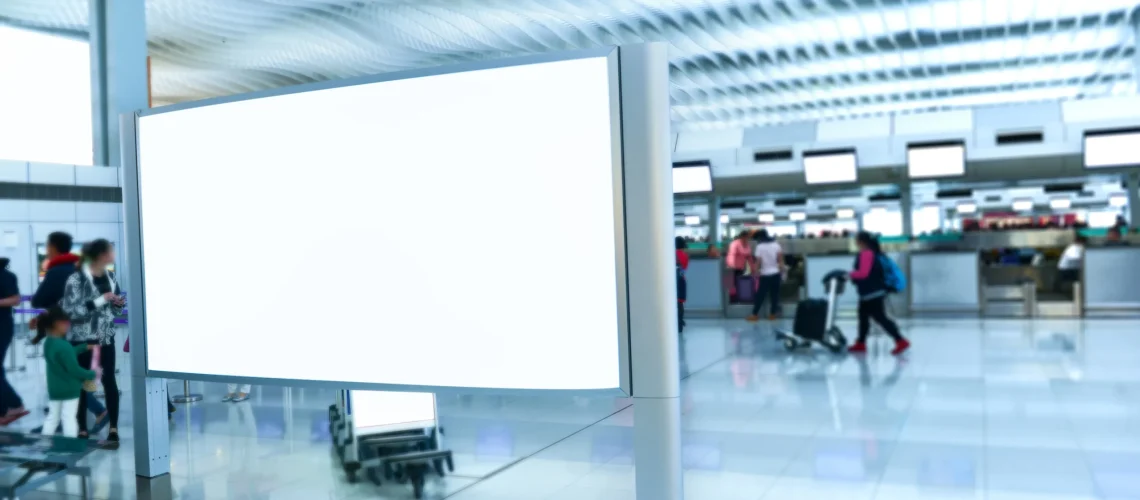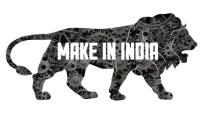Digital advertising is evolving faster than ever, and 2025 is shaping up to be the year when outdoor LED screens firmly establish themselves as the leading force in visual engagement. In a world flooded with content, grabbing attention has become an art—and LED technology is the new brushstroke. From busy highways to open-air stadiums, outdoor digital displays are creating immersive, larger-than-life experiences that static banners or traditional billboards simply can’t match.
But this revolution isn’t just about brightness or scale. It’s about how these vivid screens are transforming communication, branding, and consumer behavior in a hyper-connected age. Let’s dive into what’s driving this transformation and why businesses—from global brands to local startups—are investing heavily in outdoor LED displays to future-proof their advertising strategies.
From Static to Dynamic: The Visual Upgrade
Gone are the days when outdoor advertising meant pasting a printed hoarding and waiting for weeks to change it. In 2025, outdoor LED screens offer the advantage of real-time content updates, motion graphics, and dynamic animations. These upgrades aren’t just enhancements—they’re game-changers.
A single screen can now run multiple ads throughout the day, each tailored to the time, audience, or even the weather. Morning traffic might see coffee shop deals, while late-night drivers might catch ads for food delivery. The flexibility of outdoor digital displays means advertisers no longer have to choose one message—they can tell many, contextually.
Engagement in High Definition
Attention spans are shrinking, but expectations for quality are rising. This is where outdoor LED displays truly shine—literally. With 4K resolution becoming standard and pixel pitch improving yearly, outdoor screens today rival indoor displays in clarity and color vibrancy, even under direct sunlight.
This level of visual detail draws viewers in and holds their attention longer, which translates directly to better recall and stronger brand recognition. Imagine a fashion campaign with models walking a virtual runway on a building facade or a sports event countdown ticking live on a screen above a subway—these are moments that stick.
Smarter Targeting with Smarter Tech
The backbone of this revolution is not just hardware, but integration with smart technologies. Many outdoor digital displays are now connected to real-time data feeds, IoT devices, AI-powered analytics, and geolocation tracking. This makes outdoor LED displays a compelling choice for businesses aiming to serve targeted messaging in real time.
For example, a screen near a college campus might display student-focused offers during the day and entertainment promotions at night. Some systems are even using anonymous facial detection to gauge demographics and change ads accordingly. While privacy remains a key consideration, the potential for personalized messaging on a public screen is a powerful draw for marketers.
Cost-Effectiveness Over Time
At first glance, outdoor LED screens may seem like a steep investment, but the long-term ROI tells a different story. Traditional billboards incur ongoing costs for printing, installation, and replacement. In contrast, LED screens require only a digital file upload to refresh content—eliminating printing costs entirely and reducing operational delays.
Furthermore, one display can host multiple advertisers, allowing businesses to rent time slots. This shared model has opened the doors for small businesses to afford premium outdoor real estate that was once the domain of large corporations.
Sustainability Takes the Spotlight
In 2025, sustainability isn’t just a trend—it’s a necessity. Brands are expected to show how they’re minimizing their environmental impact, and outdoor LED displays fit well within this narrative. Compared to traditional signage, LED screens reduce paper waste and printing chemicals, and many are built with energy-efficient modules that consume significantly less power than earlier models.
Additionally, the ability to manage content remotely means fewer vehicle emissions from service crews visiting billboards for updates. This makes outdoor LED advertising a smarter, greener solution for forward-thinking brands.
Interactivity and Immersion
We’re entering an era where screens don’t just show content—they interact. In major urban centers, outdoor digital displays are being paired with AR (Augmented Reality), QR codes, touchless interfaces, and even motion sensors to engage audiences in unexpected ways.
Picture a display that lets you try on a virtual outfit by standing in front of it, or a travel agency ad that reacts to your gestures with animated landscapes. This fusion of physical space and digital experience isn’t just cool—it’s memorable, and memory is the first step toward conversion.
Use Cases Across Industries
Every industry is finding its own way to capitalize on outdoor LED displays:
- Retail chains use them to promote flash sales outside storefronts.
- Entertainment brands create countdowns and teaser trailers that build hype.
- Real estate firms show virtual walkthroughs of properties in high-traffic zones.
- Healthcare providers display public health tips or emergency alerts.
- Restaurants rotate menus and specials by the hour.
From high-impact promotions to real-time updates, outdoor LED displays offer unmatched versatility for different industries.
Urban Aesthetics and Modern Architecture
Another unexpected impact of outdoor LED screens is their role in shaping the aesthetic of modern cities. From Times Square in New York to Shibuya in Tokyo, these displays have become cultural landmarks. In 2025, architects and city planners are increasingly integrating screen spaces into new constructions, treating them as dynamic design elements rather than retrofits.
This blending of art, advertising, and architecture is pushing creative boundaries and turning public spaces into canvases of information and expression.
The Road Ahead: What’s Next?
Looking forward, the evolution of outdoor digital displays is far from over. Expect to see thinner, bendable displays that can wrap around structures; solar-powered units for off-grid locations; and seamless integration with mobile devices to bridge the gap between outdoor and personal screens.
AI and machine learning will likely make targeting even more sophisticated, while advances in holographic and 3D display technology promise an even more immersive future.
In Summary
Digital real estate now rivals physical space in value, and outdoor LED screens are redefining the rules of advertising. Their power lies not just in their size or brightness, but in their ability to deliver targeted, dynamic, and memorable content to the masses—day or night, rain or shine. For brands looking to stay ahead of the curve, investing in this technology is no longer a question of “if,” but “how soon?”
Looking to explore next-gen outdoor advertising? Bitsy Displays offers cutting-edge outdoor LED screens and outdoor digital displays designed to elevate visibility and engagement. Whether it’s for retail, events, or urban installations, Bitsy provides custom solutions backed by innovative tech and proven reliability. Reach out today to reimagine your advertising game.






